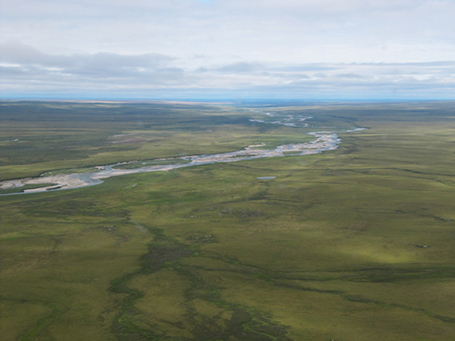The distribution and abundance of archaeal tetraether lipids in US Great Basin hot springs
Isoprenoidal glycerol dialkyl glycerol tetra ethers (iGDGTs) are core membrane lipids of many archaea that enhance the integrity of cytoplasmic membranes in extreme environments. We examined the iGDGT profiles and corresponding aqueous geochemistry in 40 hot spring sediment and microbial mat samples from the U.S. Great Basin with temperatures ranging […]
